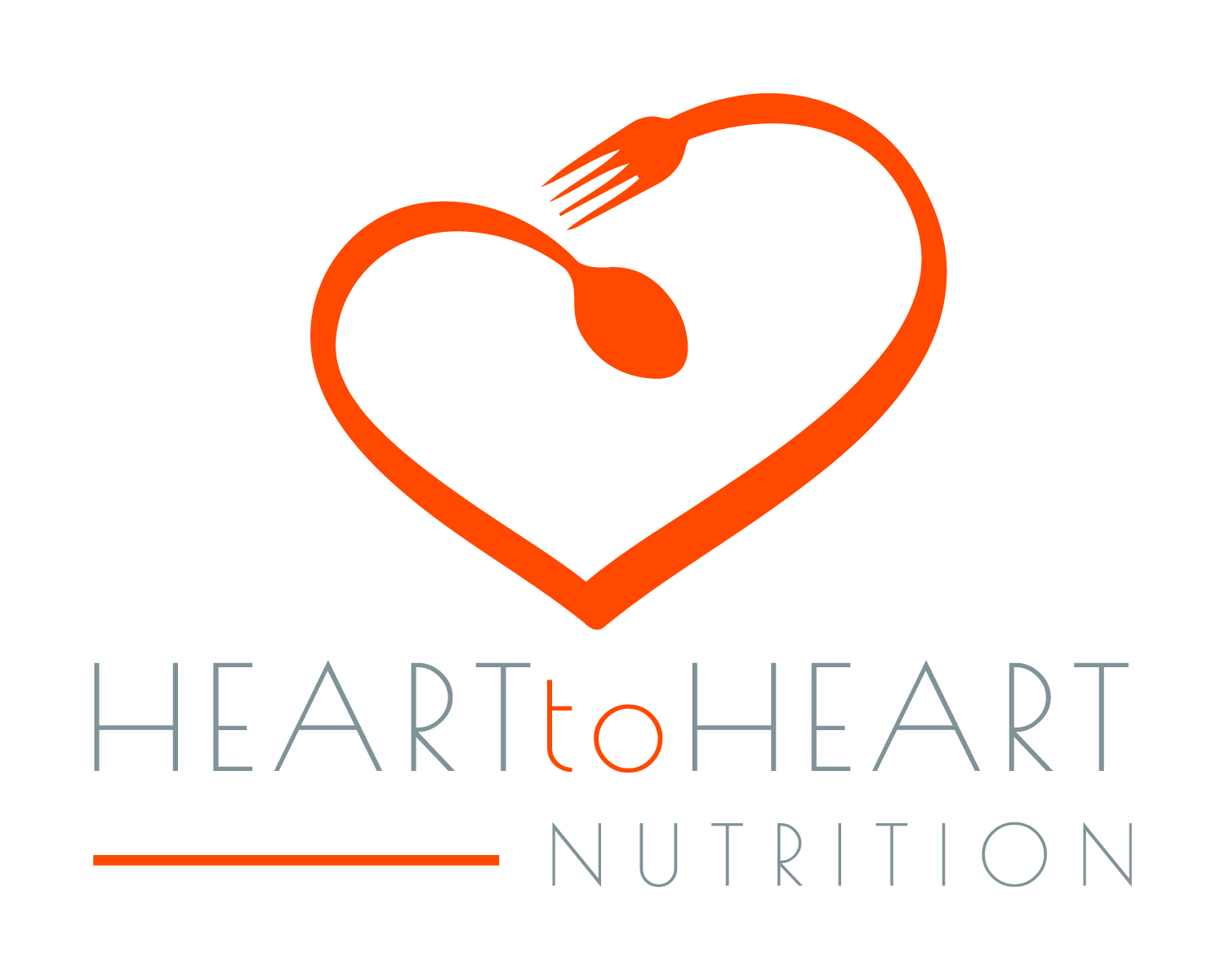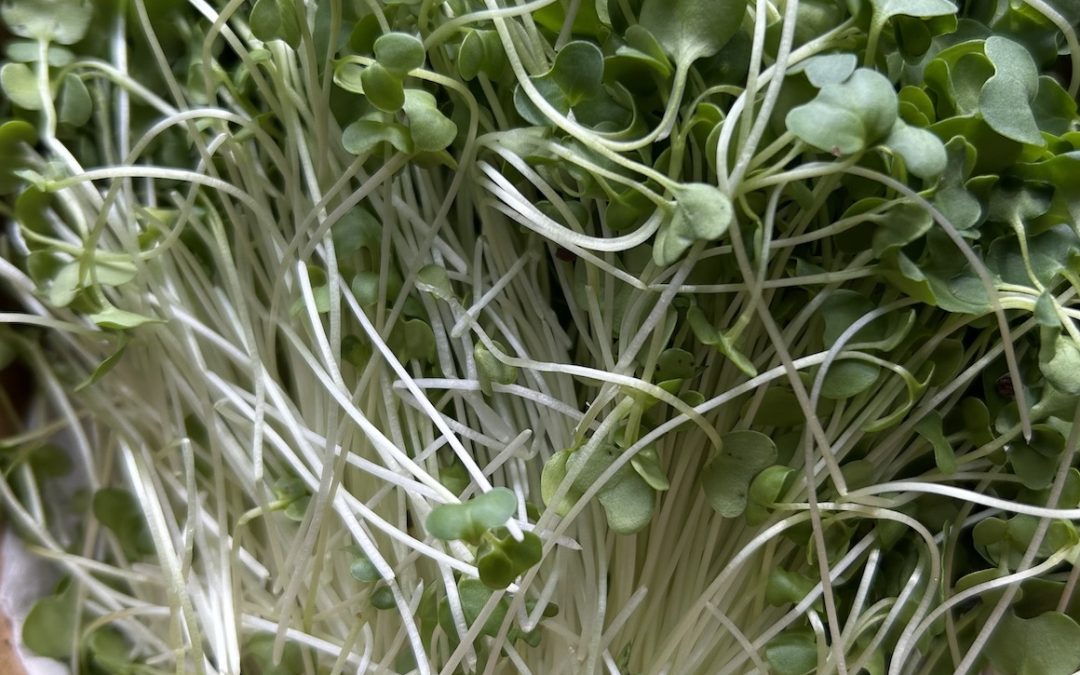For me it always starts with food.
Giving the body what it needs.
Ah, but exactly what does the body need.
Well for sure, we need what is referred to as macronutrients: protein, carbohydrates and fat.
No argument there from anyone – only how much and which ones bring up debates.
When I coach on nutrition, I look at the vegetable consumption.
It really should be the bulk of your diet. And at least half – more if you can do it – should be green vegetables, at least 2 cups a day.
That means a variety of greens and there are plenty to choose from.
I think we all know somewhere inside of us that we need more green vegetables.
So what is the challenge?
- don’t like to cook?
- don’t like to chop?
- don’t like to wash?
- takes too much time to prepare?
- buy them and they rot in the refrigerator?
- just not into green vegetables?
If you can at least identify what it is, then you can start to explore ideas on how to change that. This is where I can help – finding the ways and the types of greens that you will eat.
And whenever you are implementing any changes, start small.
What is one green vegetable to add and build from there?
So how about adding in broccoli sprouts?
This can be tricky to find if you have never looked for them
I find them in my local grocery store and the farmer’s market.
You can also easily grow them but if you’re having trouble eating your greens, you aren’t likely to start growing them!
But sprouts are easy to grow right in your kitchen.
What are broccoli sprouts anyway?
They are about a 5 day old broccoli plant. They have tiny green leaves on a small stem.
They are considered a nutritional powerhouse that provide immune boosting and antioxidant content.
And what is really special is that they are loaded with a phytochemical called sulforaphane which is a type of antioxidant – and that is something you really want to consume.
So you might be thinking what would you do with them?
Add them to sandwiches, wraps, burger, salad, top on stews or soups, or add to noodles or simply toss on your dinner plate. You can cook them if you wish but don’t see the point. Throw them into a smoothie. Add to your pizza and drizzle olive oil on top.
If you don’t like to cook, chop, or prepare vegetables – then get broccoli sprouts and just toss them. You don’t have to do a thing! It doesn’t get easier than that.
Not yet convinced?
There was a recent study that examined broccoli sprout extracts to see what effect it has on sleep quality in healthy adults. They reported that sulforaphane has an effect on sleep, increasing the production of melatonin and even helpful with inflammation. Since this was a randomized, double blind study, the participants either took a broccoli sprout capsule or placebo. Leaving one to wonder if eating the food is the same as a capsule. Nonetheless, it is interesting and if you wish to geek out on the study, here is the link: Broccoli sprouts and sleep study
While broccoli sprouts are high in sulforaphane, it can also be found in other green vegetables: broccoli, kale, Brussel sprouts, cabbage, bok choy, watercress, arugula and cauliflower.
So eat your greens, eat a variety and eat sulforaphane containing vegetables.
You have to eat, so eat the foods that help to promote sleep.

